Persian is the world’s oldest and most popular kitty. Not only for their glamorous and lavish look but also their mysterious history, they’re the point of interest of cat lovers.
They’re from Persia (Iran), and their coat is very thick with the shaggy trait.
Their flat face is different from all other cats. Persians are a natural creation. It is a high-maintenance cat and loves to stay in a lavishing royal condition.
If you are considering adopting a Persian, read my article to get the whole picture of a Persian breed.
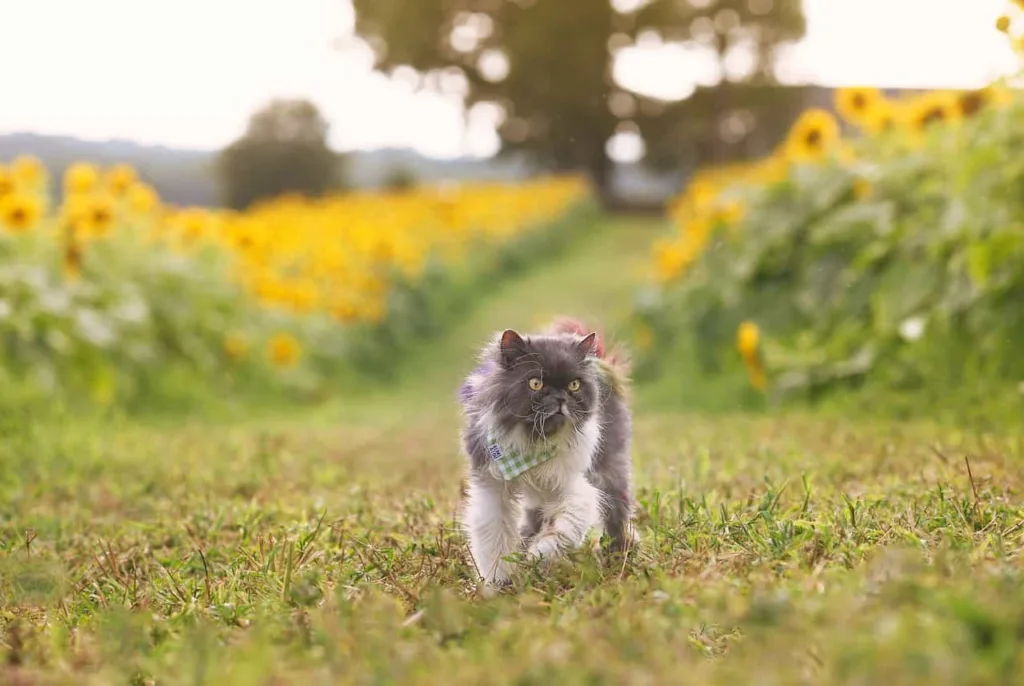

Table of Contents
Breed specialty of Persian Cat:
Personality: Sweet, calm, affectionate, and Royal.
Playfulness and activity: Medium
Friendliness to others: Very friendly
Friendliness to children: Very others
Grooming requirement: High
Vocalizing: only when they need to.
Intelligence: Not much
Independent tendency: Medium, love to cuddle or lap
Coat pattern: Dense, Silky, and shaggy
length of the Coat: Long
Coat colors: various colors.
Eye colors: Any color
Weight: 7-12 Pounds
Length: 14-17 inches
Life expectancy- 15-20 years
Not hypoallergenic
Origin- Iran
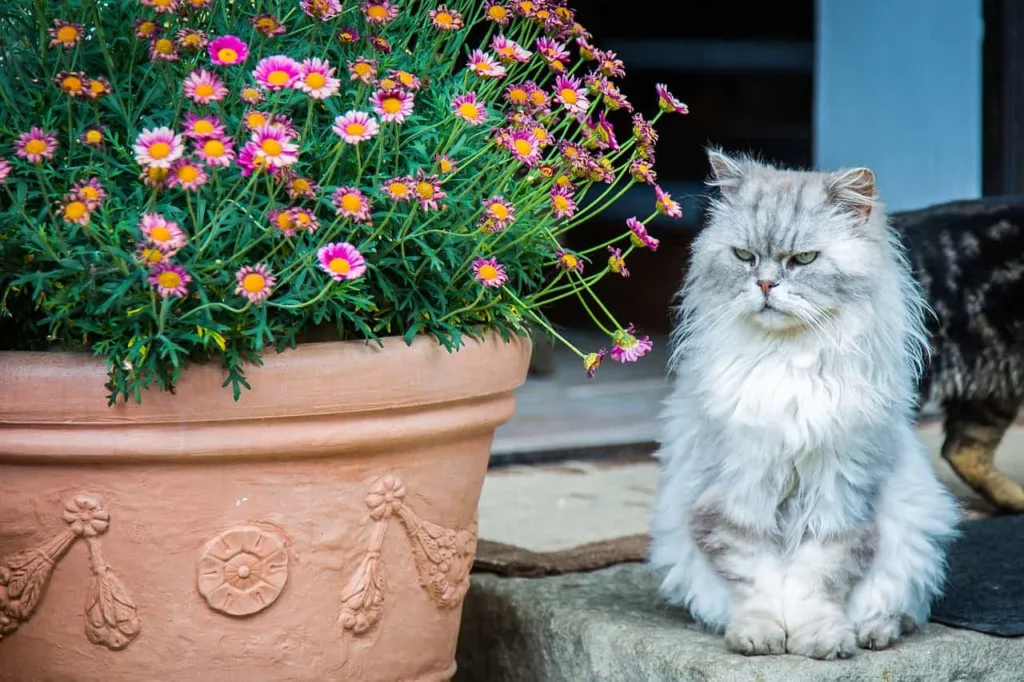

Origin of the Persian Cat:
The Persians have the glory that Queen Victoriya of Great Britain (1819-1901) was a royal owner of two Blue Persians.
Meanwhile, The Persian and the Turkish Angora breeds made their way to Europe with an Italian traveler named Pietro Dello Velle (1586-1652) in the 1600s.
Persians hailed from the Khoazan area of Persia, or modern Iran.
The breed was mentioned in the manuscript- `The Voyages de Pietro Della Valle.`
The other travelers brought the Persians and Turkish Angoras first to France and England.
The breeds reached the Indian sub-continent through the Portuguese.
The Persians and Turkish Angoras were commonly mixed. But the British people loved the stockier version.
In 1871, Persian and Turkish came in different looks. The former has stockier, small, round ears, and the latter has slender and tall ears.
Persians became overwhelmingly popular by the 1900s. Today, each color of Persians is considered a separate breed, and Turkish and Russian Longhairs are considered only Longhair.
Persians came to the USA in the 1800s. They were exhibited there and quickly secured the top place. In the USA, they’re considered as breed cats. They were preserved as a unique style, seen nowadays.
This is the most popular pedigree in North America, and the colors and coat patterns are just a division in one breed.
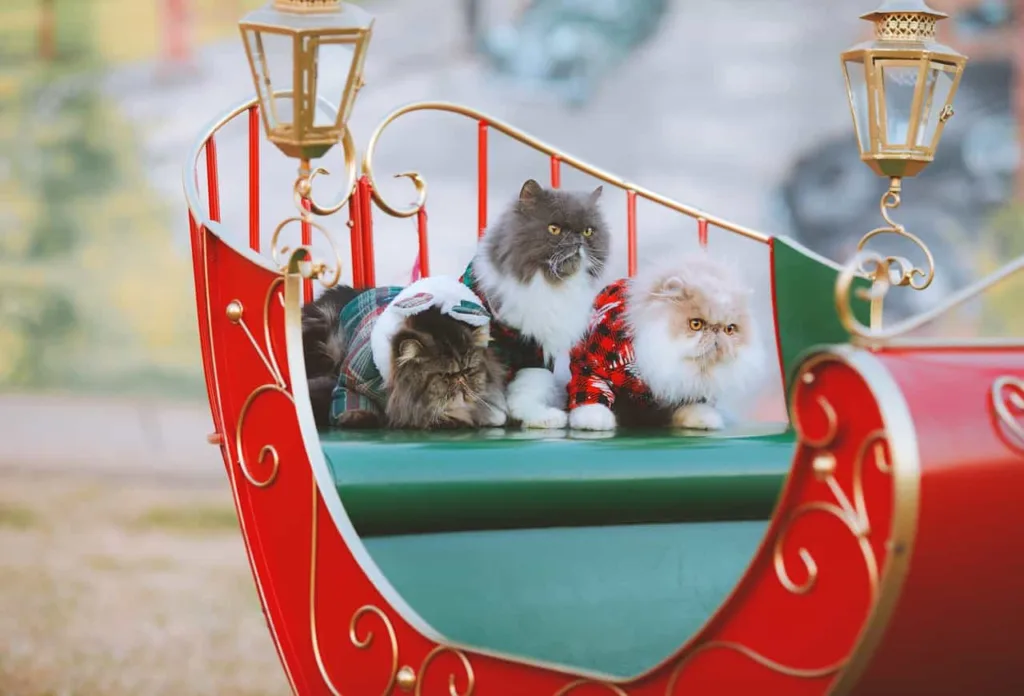

The appearance of Persian cat:
Persians have flat faces and shortened muzzles. There are 2 types of Persian cats- The traditional or doll-faced and other is peke-faced or extreme breed.
The extreme styles of facial organs like the chin, nose, and forehead- are situated in vertical alignment. And in the traditional style, the muzzles are visible, being shorter on average.
The extreme versions appeared in 1960 first. The British people didn’t like the peke faces. Because this kind of cat has some severe health issues. But the situation has changed now.
Major cat Associations recognized only the Peke-faced Persians as original Persians. But the doll-faced Persians are also still loved by general people.
Persians are medium-sized, with a round face, big round eyes, and small ears, not pointed and set far apart.
The fur is long and thick, and the legs are short in proportion to the body.
There are other kinds of Persian cats, such as the Exotic Shorthair. It is a Persian cat with short fur. The Himalayans, The Chinchilla, The Toy, or Teacup. The Toy cup or Teacups have some severe health issues. So, please don’t adopt them.
Note for disqualifications for the championship status:
Kinked or abnormal tail, locket or button in the neck area, more than four legs, any weakness in any part of the body, any deformity in the spinal cord and skull that causes disproportionate face and head, crossed eyes, and nose not situated in the right place.
The additional disqualifications are under colors. If you want to know about the color division standard, check the show breed standard on the Cat Fancier’s Association (CAT) website.
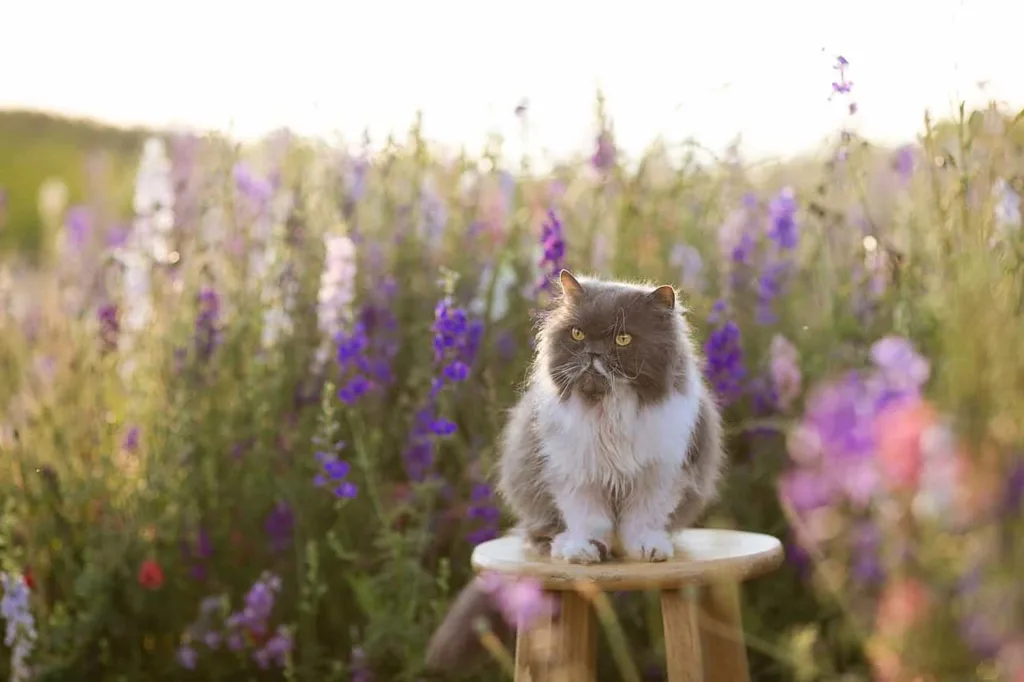

Temperament and nature of the Persian Cat:
Well, Persians are very sweet, calm, gentle, and royal personality cats. They Love to live in a calm environment. If your house is crowded, the kitties are not suitable for you. They are not the kind of cats that are very active and playful.
Persian Cats love to play in their playtime, not always play and jump to keep your house as you want. They don’t do any harm to your furniture and belongings.
So, if you want a jumping Popcorn type cat, don’t buy a Persian.
Persians are indoor cats but also love to discover new places, but you should not let them go outside without supervision.
There is the danger of stealing your pet and getting dirty their long coats. Cleaning the long coats is a hassle, you know.
The breed is other-pet friendly and affectionate to its owners. They love to be with you and cuddle and lap. They can’t tolerate very wicked and ridiculous children. So, please teach your kids to respect them.
They’re not friendly with strangers. You must gain their trust and love. Then they will be yours for their entire life.
They vocalize only when they need food or have your attention to tell you that they need you. They love to purr as they are purr machines. It is 100% sure that they never attack anyone.
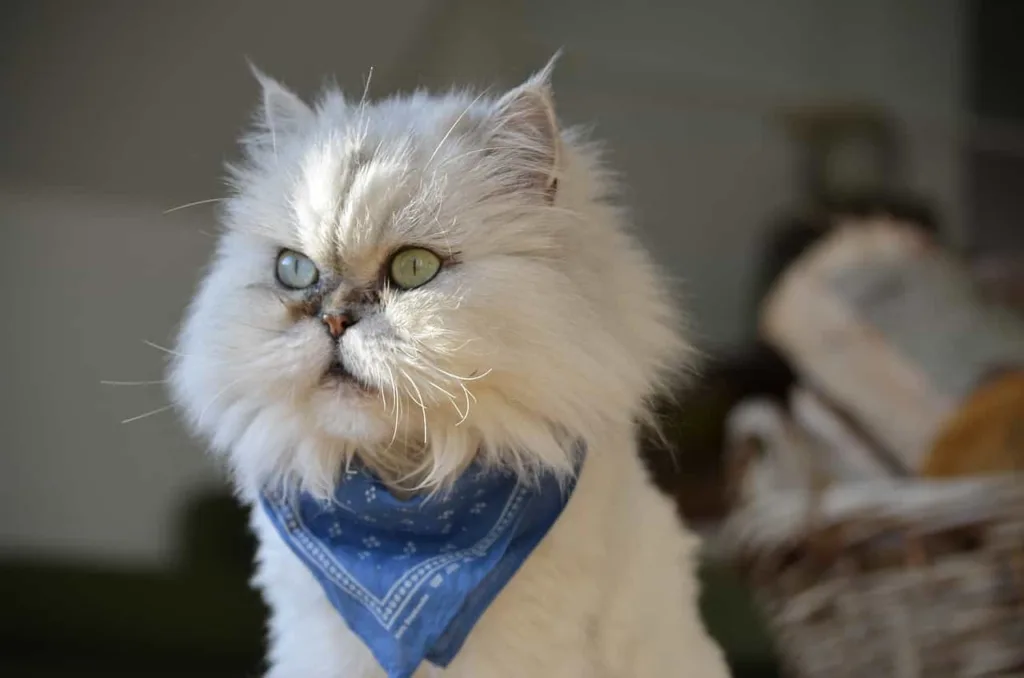

Caring, grooming, and exercise that the Persian Cat needs:
Persians are high-maintenance cats. Because of their thick, dense, and long hair and flat face, they need daily brushing.
For a tangle-free fur, the brushing session should be approximately 15 minutes.
Bath them once per week to keep them clean. Extreme cats have excessive tearing because of their flat face. So, wipe their face and ears daily with soft cloths and cotton.
To keep their fur stain-free and eyes crust-free, you should not neglect the cleaning session. Brush their teeth twice a week.
The extreme Persian cats have problems to pick-up foods from the Kibble because of their flat face. Keep an especially shaped Kibble for your Persian.
So, when you go for a tour or vacation- you must keep your Persian to a cat-friendly person or a cat-sitter. Don’t forget this. Go to the vet once after every six months.
Persians are sedated by nature, but they enjoy playing with feather wands and other toy treasures. So, engage them to play sessions once a day to keep them fit and healthy both mentally and physically. Scratching is a very good exercise that all cats do naturally.
So keep a scratching area in your house both horizontal (Cardboard or sisal scratches) and vertical (tall posts or cat trees).
Get pet insurance For your Persian Cat :
You love your Peasian-no doubt, but your financial condition may not be the same all the time, and pet treatment is expensive.
So, get pet insurance to avoid such unavoidable situations so that you can keep your pet safe.
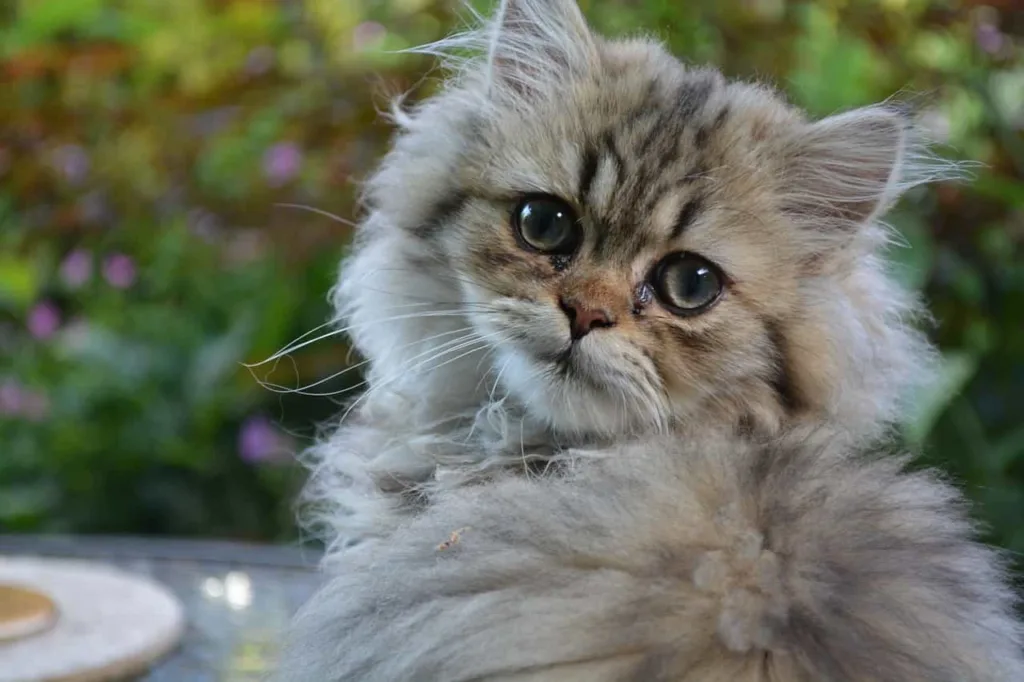

Health and problems of the Persian breed:
The worst part of having a Persian is its health issues. The cats are susceptible cats have many health issues.
Their flat faces are responsible for many problems. The main issues are- breathing issues and eye problems.
It is called Brachycephalic Syndrome. Besides, Polycystic Kidney Disease (PKD)- causes Kidney failure. 49% of Persians have the issue. This is a genetic disease.
So, detect it when they are 7 years old.
They are also prone to atrophic retinal issues and dental issues, which will lead to an incorrect bite. Another problem is urinary tract problems.
It is called Bladder stones. When Minerals become stones and make obstacles to the urine pass out, it is called Bladder stone. Small stones can be removed by catheter, and big stones can be removed surgically.
Cherry eye:
When the third eyelid becomes displaced, it turns into a Pink or Red swollen mass in one or both eyes.
The Persians are for those owners who intend to spend money on their pet’s health issues. You can take pet insurance to secure your pet’s health.
There are both surgical and non-surgical issues available. If the problem is more severe, then surgery is a must.
Weight management:
Gaining weight is a big issue in all cats. Less active cats are more prone to this problem. So, feed your cat with a proper measurement according to its age.
Vaccine-preventable diseases:
Proper vaccination is a must for all cats. Persian cats are prone to bacterial and viral infections such as Panleukopenia, Rabies, Rhinotracheitis, Calicivirus, and Feline Leukemia Virus (FeLV).
A Core Vaccination is the best solution to prevent those diseases.
Besides, other diseases can disturb the happy and active life of your Persian. Those are-
Neonatal Isoerythrolysis (NI)/ Hemolytic Icterus:
When a newborn kitten suckles Colostrum (first milk) with type B blood or vice versa.
Urticaria Pigmentosa:
It’s one kind of skin disease that causes itching on the skin.
Parasites:
Worms can make a place in your vet’s stomach and nose. So, give them regular medicine to prevent worm problems.
FIP Susceptibility: One kind of Corona Virus.
Separation Anxiety Syndrome:
Some Persian cats have an extreme attachment to their owners. So, panic seizes them when they see that their owners going outside or on a tour.
Lysosomal storage disease (LSD):
It is a genetic disease that deforms certain enzymes which are needed to perform metabolic functions in the body.
Cell tumors:
A very bad type of cell cancer that can be cured surgically.
Nasopharyngeal Polyps:
Abnormal growth in the nasal area. It can be cured by operation.
Hip Dysplasia:
It is an inheritable condition that causes malformation in hip joints and subsequent Arthritis.
Besides, Portosystemic Shunt, Ringworm, and Dystocia also can disrupt the calm and happy life of your Persian.
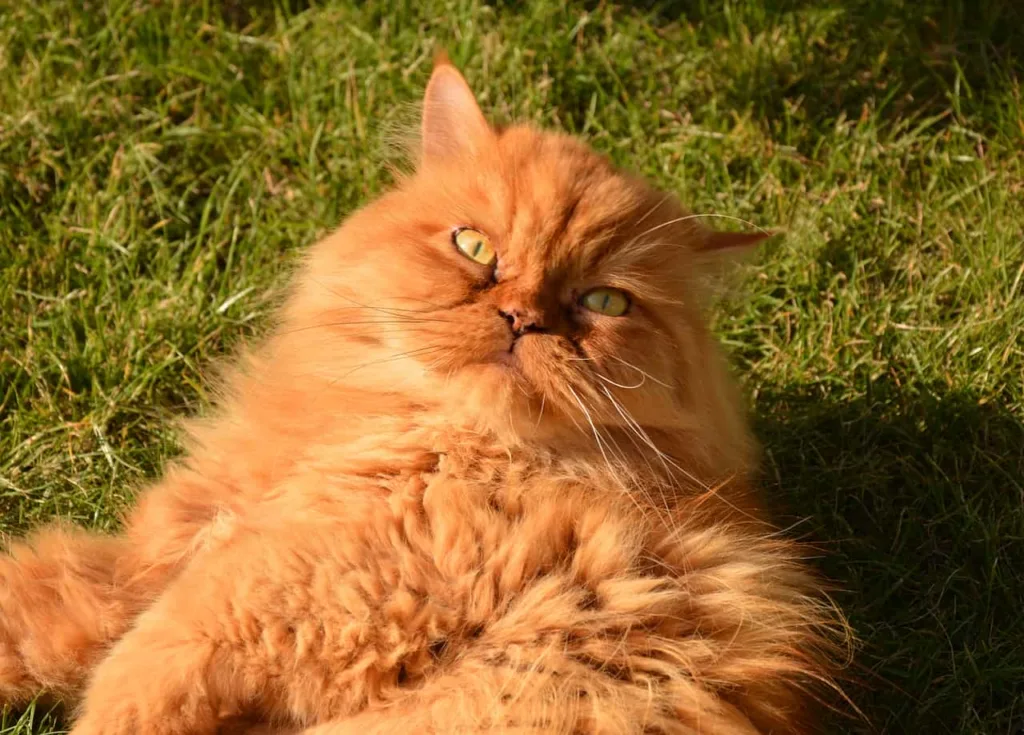

Food and nutrition tips for Persian cats:
As usual, like other cats. High-level proteins, Nutrients, perfect measurements of food, and a mixture of dry and wet foods are enough.
Some facts about Persian cats:
- Persian cats own a mysterious origin.
- They were exhibited in the world’s first cat show held at the Cyrstal Palace, London, UK, in 1871. A Persian became the best at the end of the day and got a new house. About 20,000 people were present at the show.
- First pedigree of the world. Arrived in the 15th century from Persia to Europe.
- The breed is featured in the world’s largest painting. The painting was `My wife’s Lovers.` There were 42 Persians in the painting. Its dimensions were 6 feet x 8.5 feet, and its weight was 227 pounds and sold for 8,26000 USD. It took 3 years to be painted.
- The flat face was a genetic mutation in 1950. The doll face is also popular. They didn’t have flat faces before. It was seen in some Red Tabby Persians as a natural occurrence.
- They’re the perfect lap cats.
- Not suitable for children.
- They’re the movie stars. They have played their roles in Fancy Feast Mascot, James Bonds Archenemy Biofields, and Mr. Bigglesworth of Austin Powers Fame.
- Queen Victoriya (Reign- 1837-1901), Florence Nightingale, Marylin Monro, and Raymond Chandler all owned Persian cats.
- A show competitor Persian competes in one of 7 divisions.
- Their flat face is a new trademarked feature.
- They like to take a bath.
- A Persin-Himalayan mix cat was the world’s longest-haired cat, named Colonel Meow. 2014; colonel set the record. His owner lived in Los Angeles, USA.
- Persians have a wide range of colors and patterns.
- Their coats are incredibly thick.
- The actual divas of the cat sanctuary.
Breed Overview of the Persian cats:
The calm, happiest, and also the oldest breed in the world. Neither they’re needy nor anti-social- a perfect mixture of affection and independence. They also have very silky, dense, and plush coats.
They vocalize very sweetly, not talkative cats. A perfect cuddly lap cat. They’ll greet you when you return home.
They’re also expensive to own and prone to some health issues. So, if an owner is willing to spend money, then he should own a Persian cat.
Cons of Persian Cats:
- They are comfortable with loud and boisterous activities.
- They’re very expensive to own.
- Have so many health issues.
- High maintenance is required.
Emergency situations of your pet:
If you notice that your Persian is- Shaking or scratching its head to discharge something from the ears, any problem in its eyes like itchiness or changed color, or problem in urinating and discolored urine, Weakness or taking a breath in an open mouth, noisy or labored breathing.
In those cases, take your pet to the veterinarian immediately.

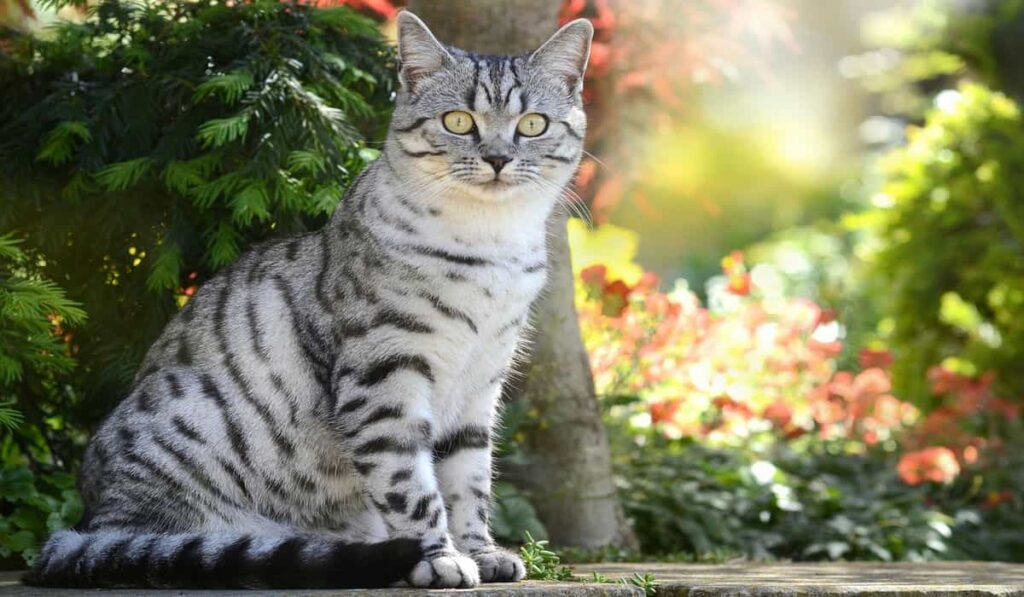
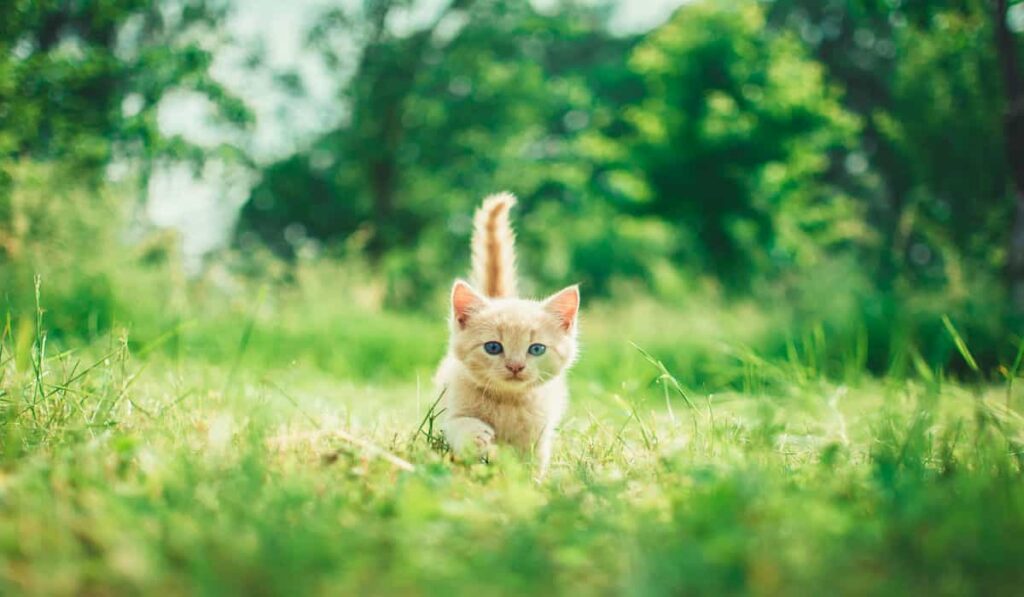
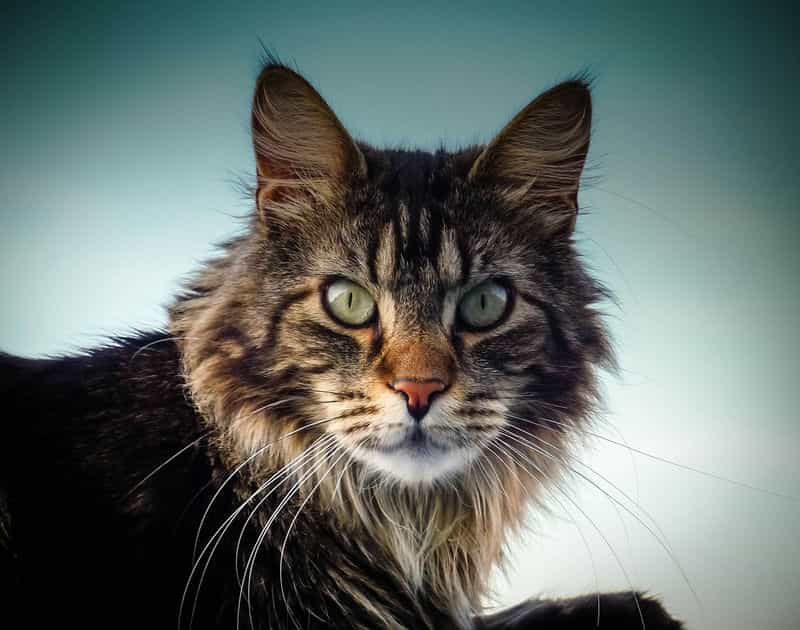
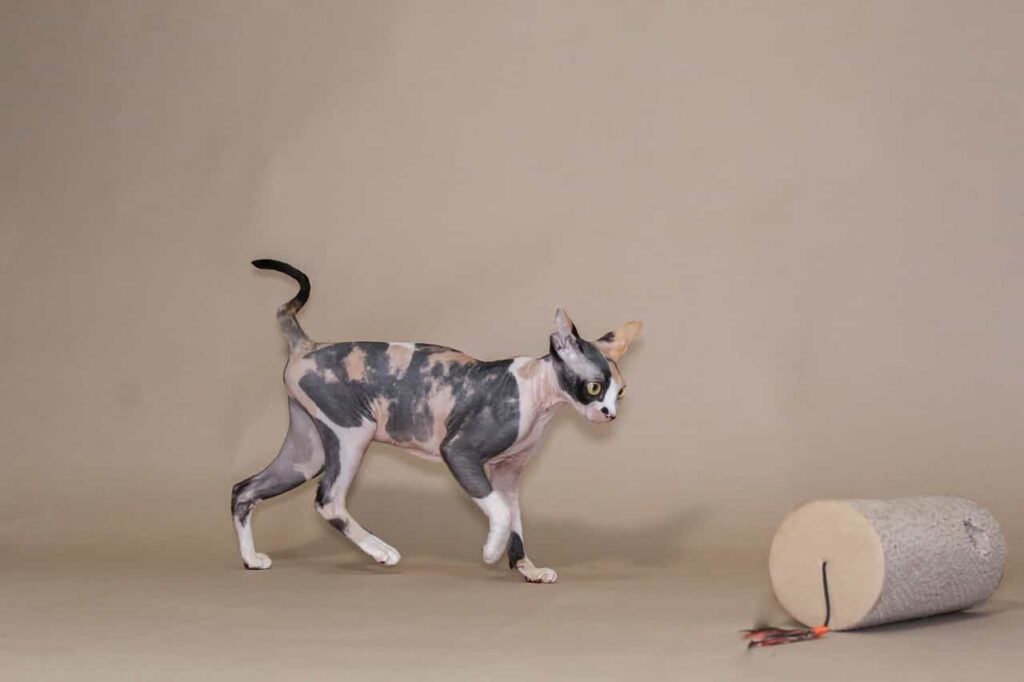
Pingback: The Truth About Black Cats: Myths, Facts, and Secrets Revealed
Pingback: Ragamuffin Cats: The Ultimate Guide To Their Characteristics And Traits
Pingback: The Truth About Minuet Cats: Myths, Facts, and Secrets Revealed